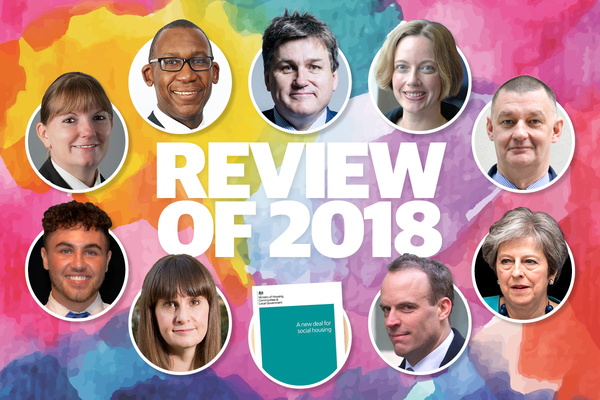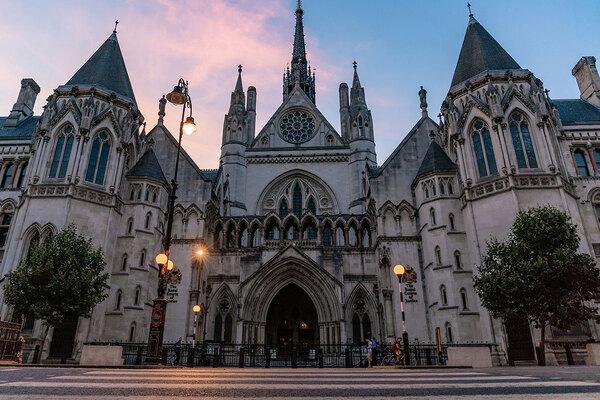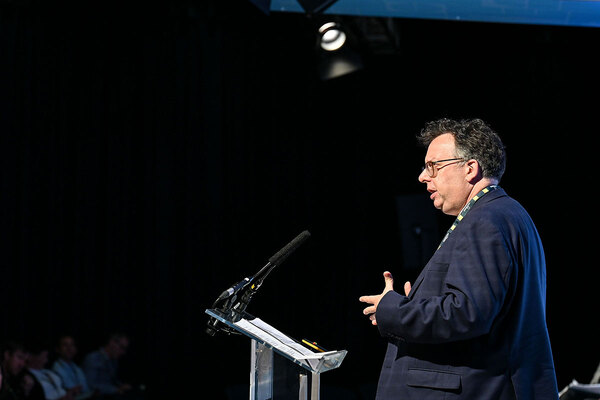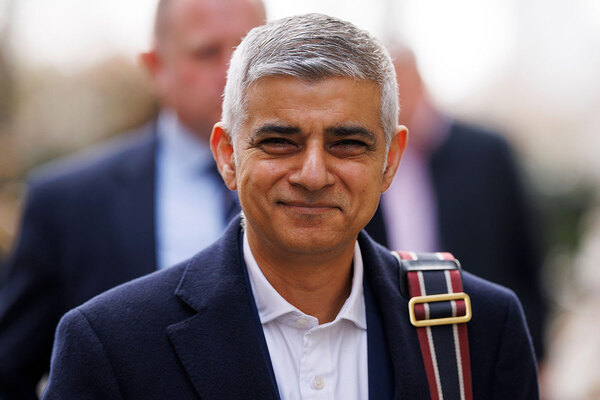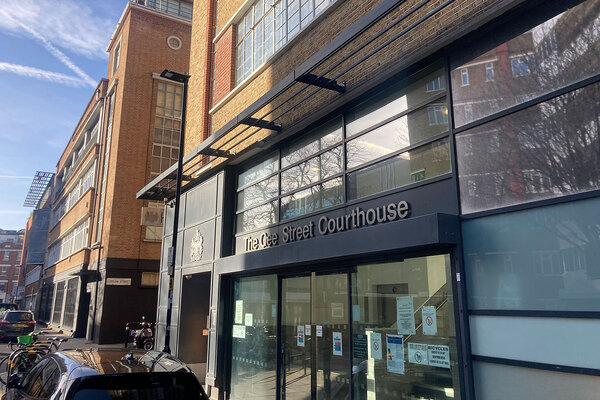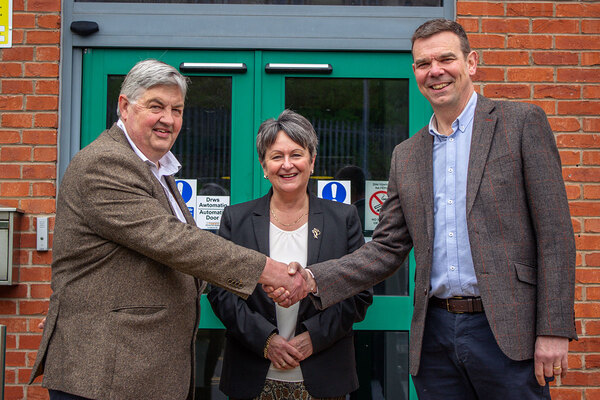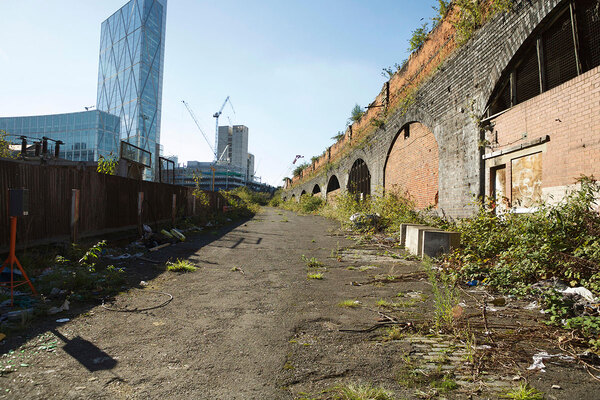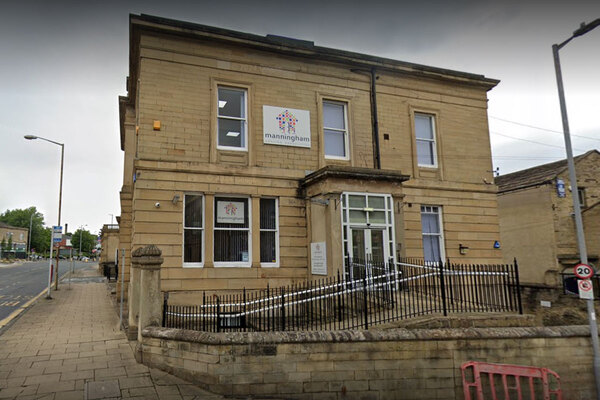You are viewing 1 of your 1 free articles
 Jules Birch
Jules Birch10 things about 2018 – part one
In the first instalment of a special two-part blog, Jules Birch outlines the key housing themes of 2018
It was the year of three housing ministers and two secretaries of states (so far), the year that the department went back to being a ministry and a new government agency promised to “disrupt” the housing market.
It was also the year of the Social Housing Green Paper and the end of the borrowing cap, of Sir Oliver Letwin and Lord Gary Porter, and of some significant anniversaries.
Above all, it was the year after Grenfell and the year before Brexit. Here is the first of my two-part review of what I was writing about in 2018.
1. New names, new ministers
January had barely begun when the Department for Communities and Local Government became the Ministry of Housing, Communities and Local Government (MHCLG). The name harked back to the glory days when housing was “our first social service”, and Sajid Javid became the first full member of the cabinet with ‘housing’ in his title since 1970.
But the ink had barely dried on the new ministerial logo before Mr Javid was reshuffled to the Home Office, replaced by James Brokenshire, while the housing minister went through yet another Dr Who-style regeneration. Alok Sharma, face frozen in a sincere expression from all those tenant roadshows, left to spend more time with Universal Credit. His replacement was Dominic Raab, an ambitious Brexiteer who used his first interview to make some dubious points about immigration and house prices and then went back to being an ambitious Brexiteer. He then turned into Kit Malthouse, a former Westminster councillor who really should listen more to his sister-in-law.
Amid all that churn, the trendy team at Homes England were getting on with disrupting stuff and the traditional civil servants at MHCLG were hard at work drafting the Social Housing Green Paper. As ministers came and went there was delay after delay. Labour beat them to it with a housing green paper of its own, and The Spectator argued that the Conservatives should simply steal all its ideas.
2. ‘A national disgrace’
For once there was some good news on the welfare front and April did not bring a fresh round of ‘reforms’ to go with the showers. On top of that there were U-turns on the withdrawal of housing benefit from 18-21-year-olds and a shake-up in the funding of supported housing.
But Universal Credit rolled on remorselessly. For all the concessions, extra money and more delays, the principles remain intact and previous cuts have not been fully restored. As Inside Housing reports in its last issue before Christmas, there is mounting evidence of the consequences in rent arrears and homelessness.
And all this before the ‘managed migration’ of seven million existing benefit claimants has even begun.
Meanwhile, the freeze on working-age benefits, the biggest and stealthiest cut in a decade of welfare ‘reform’, will continue as planned until 2020 after the chancellor prioritised tax cuts in his Autumn Budget. The result so far, according to research by the Chartered Institute of Housing in August, is that 90% of Local Housing Allowance rates fail to cover the rent on the cheapest 30% of private rented homes – and this will only get worse.
In November, the United Nations gave a withering verdict on the consequences. Poverty levels in the UK, said UN special rapporteur on extreme poverty Professor Philip Alston are “not just a disgrace, but a social calamity and an economic disaster all rolled into one”. The driving force had not been economic “but rather a commitment to radical social re-engineering”.
3. Rising homelessness
While ministers talked an increasingly good game on housing, their warm words contrasted with escalating levels of homelessness.
In April Sajid Javid followed up the introduction of the Homelessness Reduction Act with a new initiative to reduce rough sleeping that begged unfavourable comparisons with the successful Rough Sleepers Initiative introduced by another Conservative government in 1990. In August James Brokenshire launched a new Rough Sleeping Strategy but flunked the question when he was asked how much of the “£100m plan” was new money. Shocking evidence emerged about the number of rough sleepers dying on the streets.
Statutory homelessness continued to increase as the rise of working homelessness exposed the hollowed-out logic at the heart of the government’s argument that work is the solution to poverty. Figures published just before Christmas showed that 123,000 children will spend it in temporary accommodation.
At the same time, research by Crisis indicates that 24,000 people will spend Christmas sleeping rough on the streets or in cars, public transport and tents. But it does not have to be this way: the homelessness charity celebrated the 50th anniversary of its foundation with the publication of a 10-year plan to end homelessness, delivering benefits of £54bn for costs of £19bn by 2041.
4. The aftermath of Grenfell
Dominating everything was the aftermath of the Grenfell Tower fire. Some former residents look like they will be spending a second Christmas in temporary accommodation; the first phase of the public inquiry is finished but the second may not start until 2020; and the combustible cladding problem has still not been fixed.
The change of secretary of state did at least bring progress, as Sajid Javid’s carefully phrased but empty commitments gave way to James Brokenshire’s funding for social landlords for aluminium composite material replacement and commitment to a ban on combustible materials in new buildings over 18m.
However, questions mounted over what should happen to existing buildings, including those with other types of combustible cladding, and especially who should pay for replacement work in private towers. Some developers and one freeholder agreed to pick up the costs themselves but others passed them on to leaseholders. Mr Brokenshire repeatedly called on them to “do the right thing” and eventually came up with a way for local authorities to intervene to carry out the work, but the issue has still not been settled.
The public inquiry heard day after day of heartbreaking evidence as the dead were remembered and survivors told their stories. Firefighters told of their desperate attempts to combat the blaze and rescue residents but there was also controversy over the time it took to abandon ‘stay put’ advice. And expert witnesses uncovered what one called Grenfell’s “culture of non-compliance”.
Phase one of the inquiry ended with closing statements from many of the organisations and companies involved in the refurbishment of the tower as well as the events of 14 June 2017. One thing united them all: the argument that it was someone else’s fault.
5. The year of the tenant?
Grenfell had also changed the terms of the debate about what the relationship should be between landlords and tenants.
In February, the Benefit to Society campaign found that 90% of social tenants feel that the media presents negative stereotypes of them and that there are a range of long-standing and deep-seated issues to be confronted.
The green paper consultation events revealed that the government was at the very least determined to listen. The ministerial listeners kept changing and the green paper kept being delayed, but when it was finally published in August it signalled a determination to tackle the stigma and find ways for tenants to hold their landlords to account. The problem was that so much of the stigma had been created by the statements and actions of previous Conservative administrations. This one said explicitly that it valued social housing but at the same time believed it should be “a springboard to homeownership”.
For all that ambiguity, and the fact that the green paper is only a consultation, developments elsewhere reinforced the impression of change for the better. London mayor Sadiq Khan insisted on resident consent in ballots before major regeneration schemes can go ahead, while Grenfell’s local council, the Royal Borough of Kensington and Chelsea, launched its own green paper promising to put tenants at the heart of decision-making.
Jules Birch, award-winning blogger

